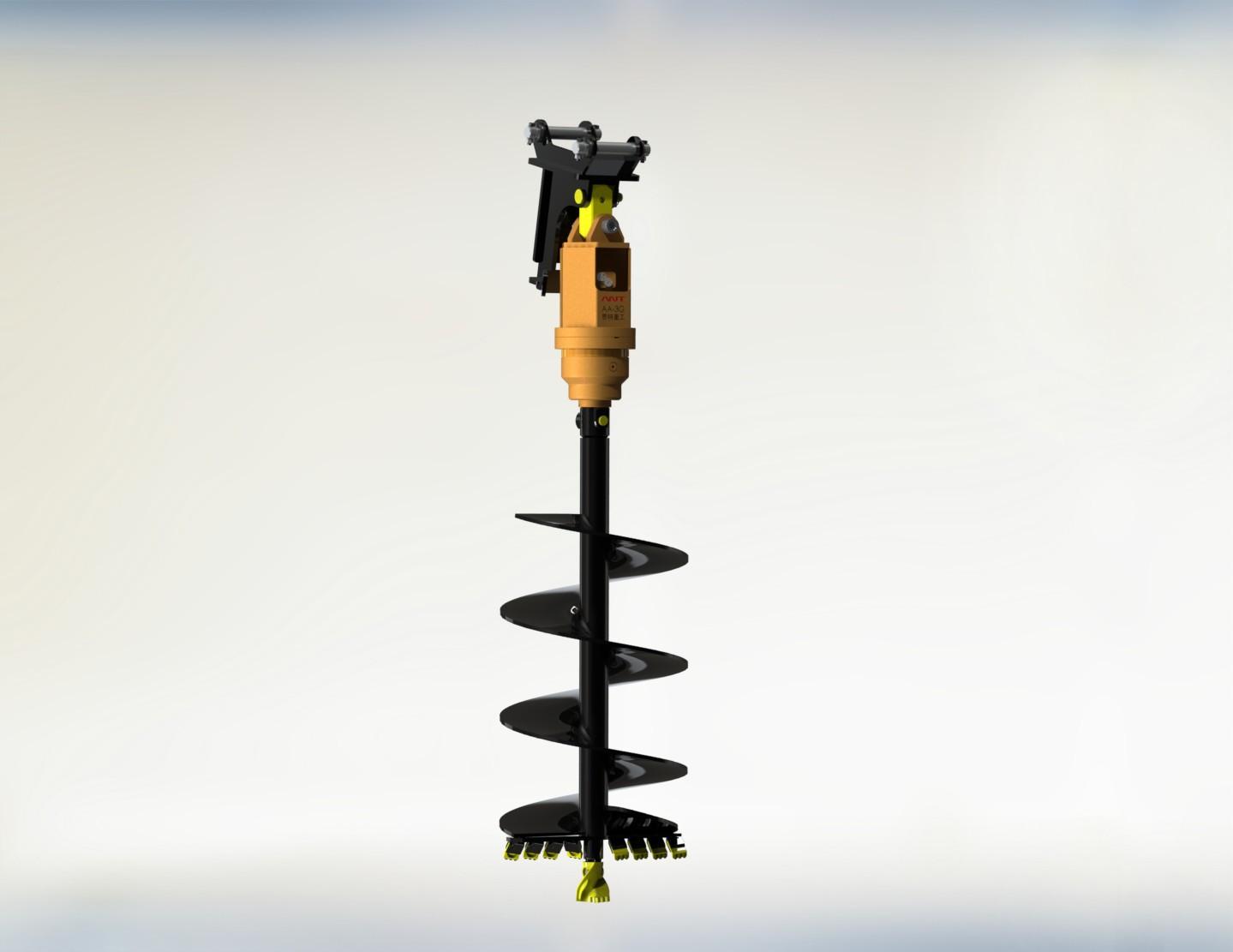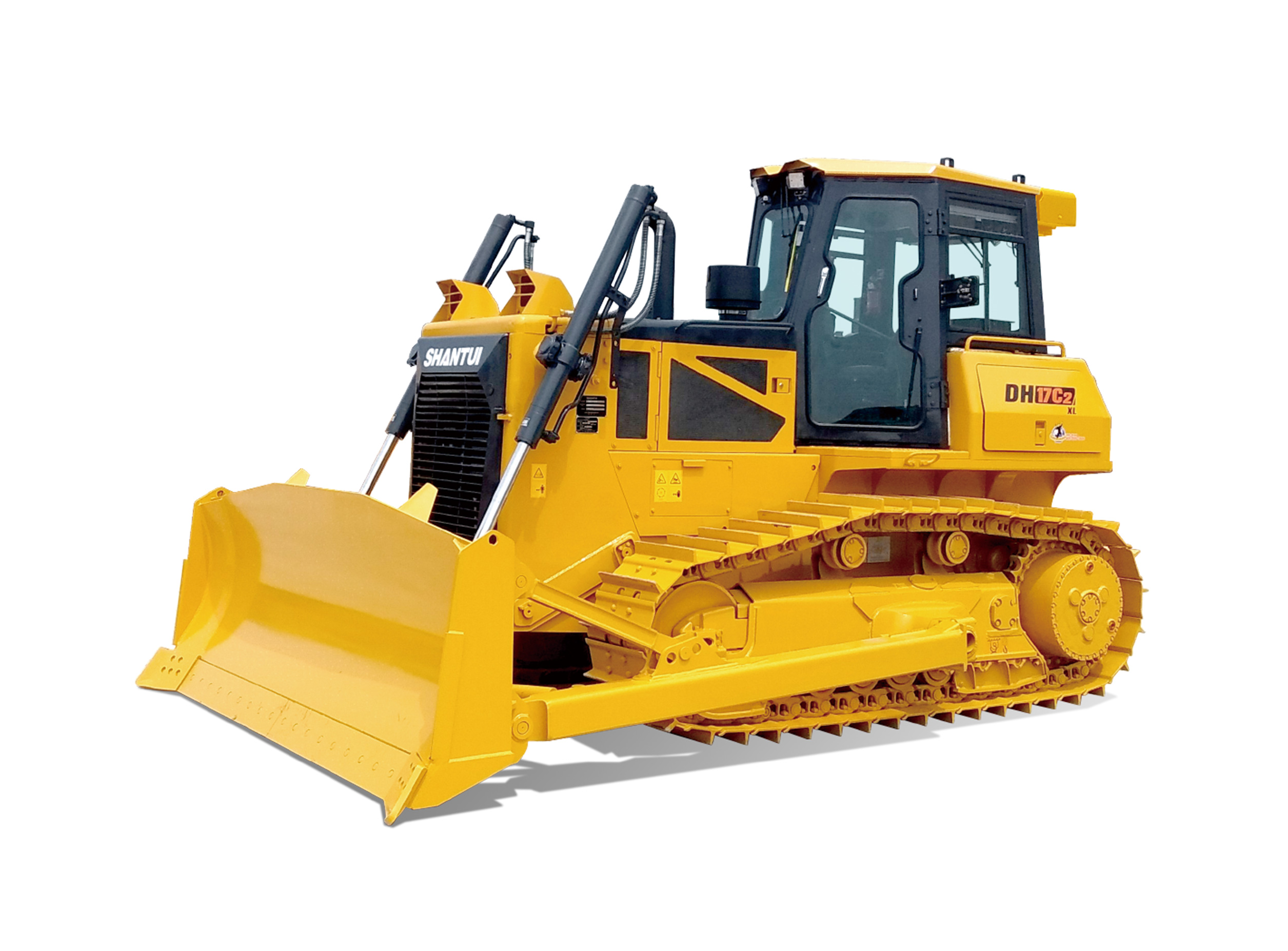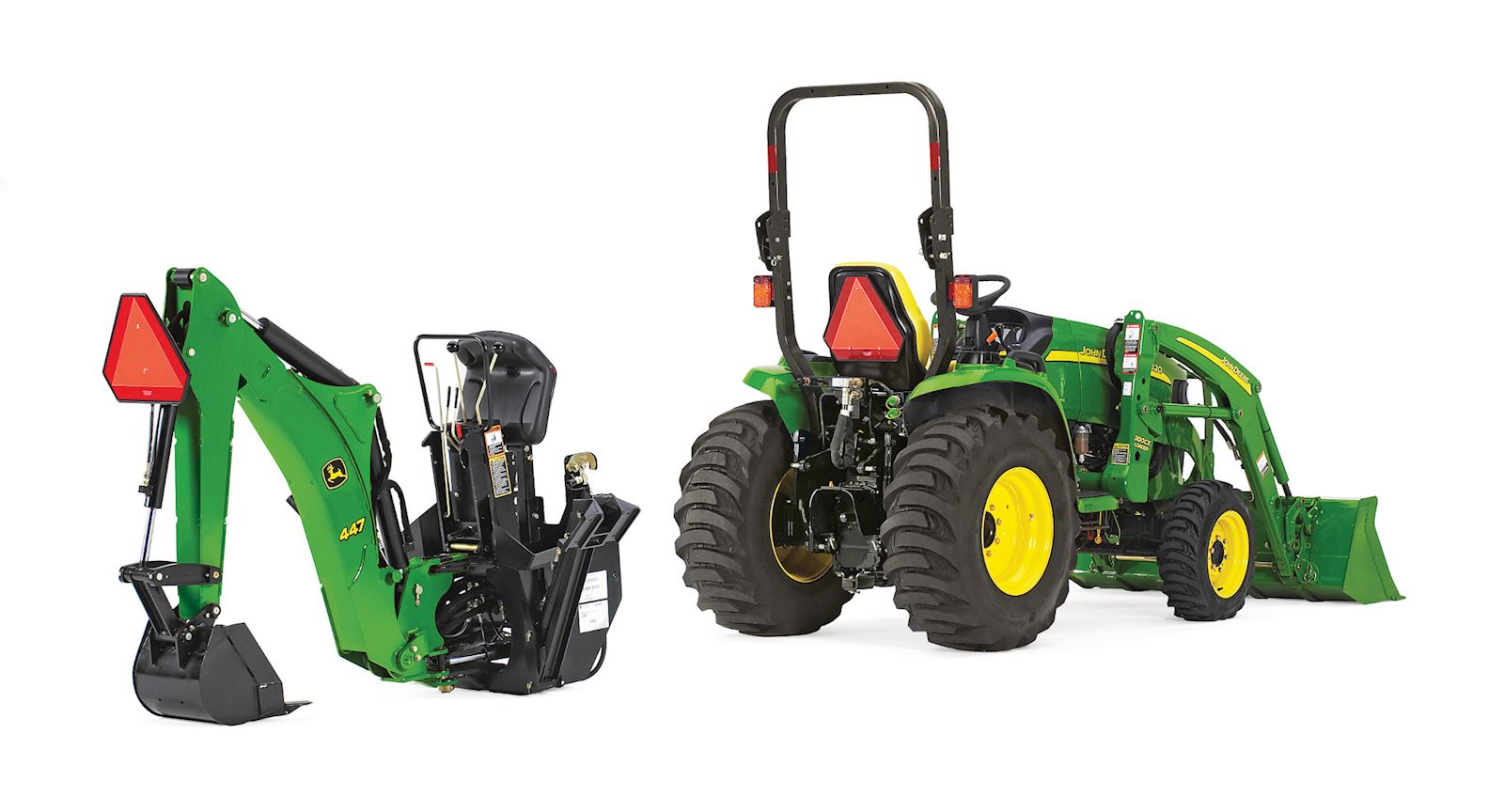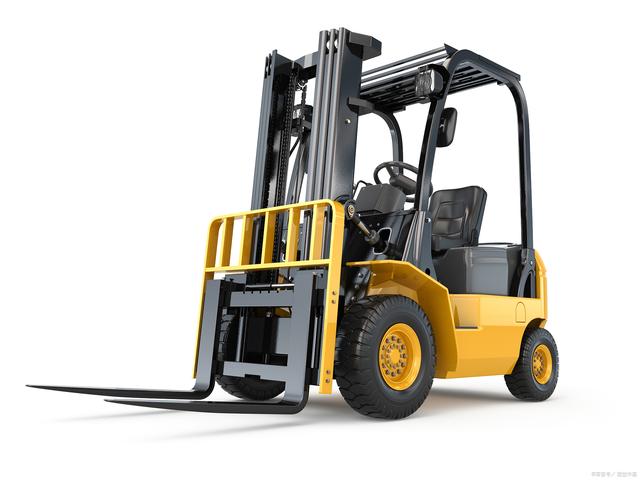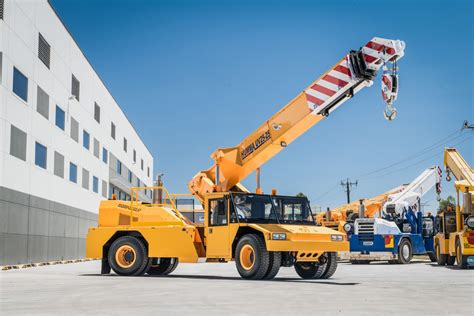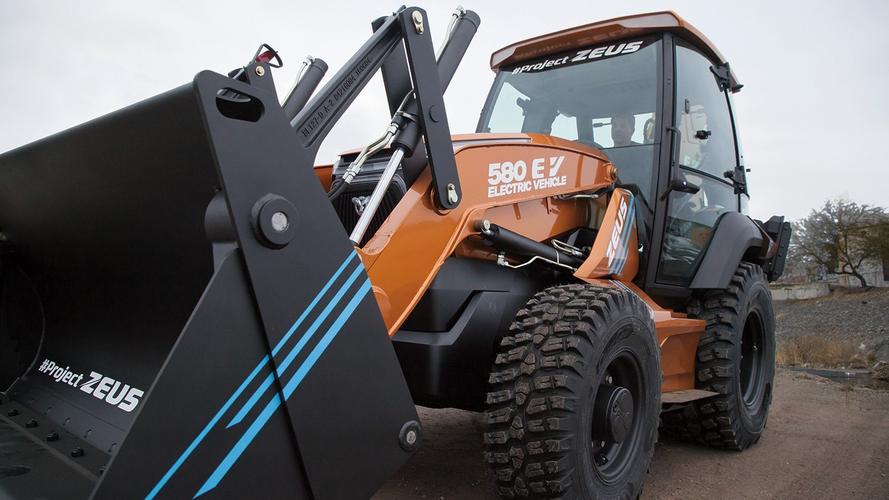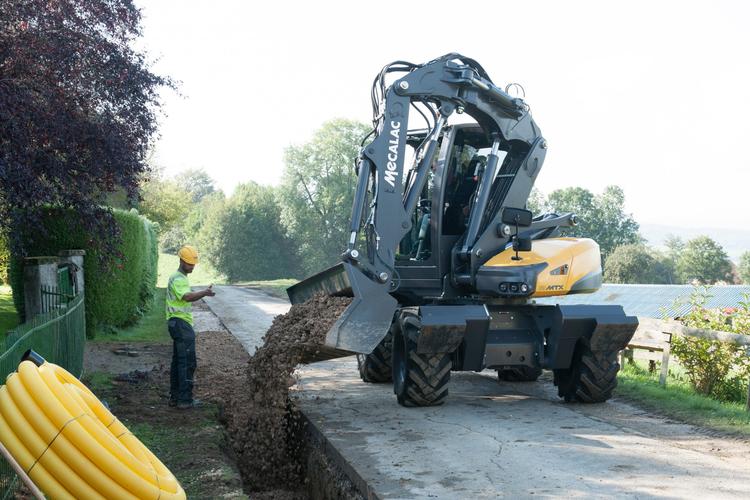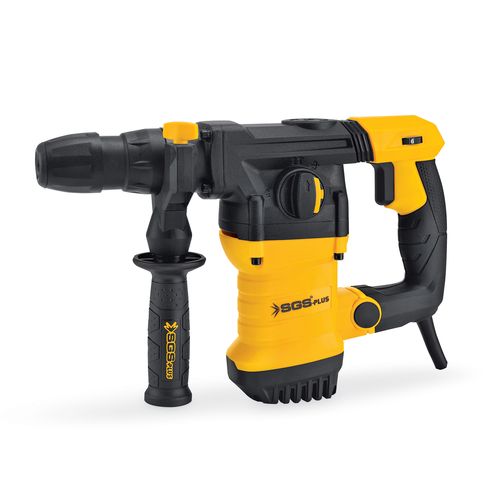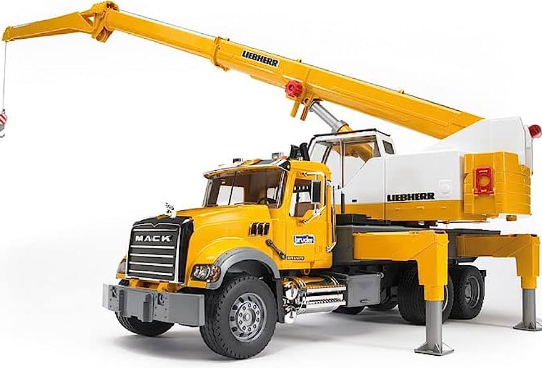how to weight tractor tires
Release time:2023-09-17 07:00:50
Page View:
author:Yuxuan
Tractor tires play a crucial role in the performance of farming equipment. The weight of the tractor tires determines its grip on the ground and stability. If the weight is too little, the tires may spin in loose soil or fail to provide adequate traction which can result in a loss of control of the equipment. In contrast, if the weight is too high, the equipment may require more fuel to operate or damage the soil. In this article, we will explore the different methods of weighting tractor tires.
Adding Liquid Ballast
One of the most common methods of weighting tractor tires is by adding liquid ballast. This technique involves partially filling the tires with water or another heavy liquid such as calcium chloride. Before proceeding, it is essential to verify the tire's load-carrying capacity, size, and valve stem. For instance, radial tires are designed for high speeds, which may cause water momentum inside the tire, making it difficult to steer. After verifying this information, the process involves removing the valve core and rotating each tire to ensure the liquid is dispersed evenly. A professional should complete this process, ensuring that all instructions from the tire manufacturer are followed.Implementing Wheel Weights
Another method of weighting tractor tires consists of attaching wheel weights. Wheel weights are typically made of cast iron or steel and can be mounted on the wheel in several configurations. Rear weights fit on the rim or axel, while front weights fit in the tractor's frame, enhancing traction. Consequently, implementing wheel weights can be an expensive option, and they may (depending on the weight distribution) put excessive pressure on the soil surface.Using Tire Chains
Using tire chains can also add weight to tractor tires. Although this method may not increase the weight as much as the other methods, it can enhance a tractor's traction by improving its grip on the ground. The chains should be placed over the tire, oriented in the driving direction at specific intervals. This option is practical in winter conditions and works better on non-radial tires.Using Additional Ballast
If the tractor requires more weight than the above methods provide, other types of weight can be added. These include front-mounted, suitcase-style weights that are available with a carrier or bracket attached to the front of the tractor. Ballasting can also be accomplished by adding solid ballast material in a container. The container can be suspended from the tractor's rear or front to balance the weight. This method is favorable when a lot of weight is necessary as the weight can be removed when not needed.Conclusion
There are several ways to weight tractor tires, each with its benefits and drawbacks. Adding liquid ballast is the most common and favored approach as it is cost-effective and can be removed or adjusted easily. The size of the tire and the load-carrying capacity must be taken into consideration when selecting the method of weighting tractor tires. Ultimately, a correctly weighted tractor will have optimal traction and stability while minimizing damage to the soil. It is worth consulting with a professional before implementing weight distribution so that the best method is used for the specific farming needs.

